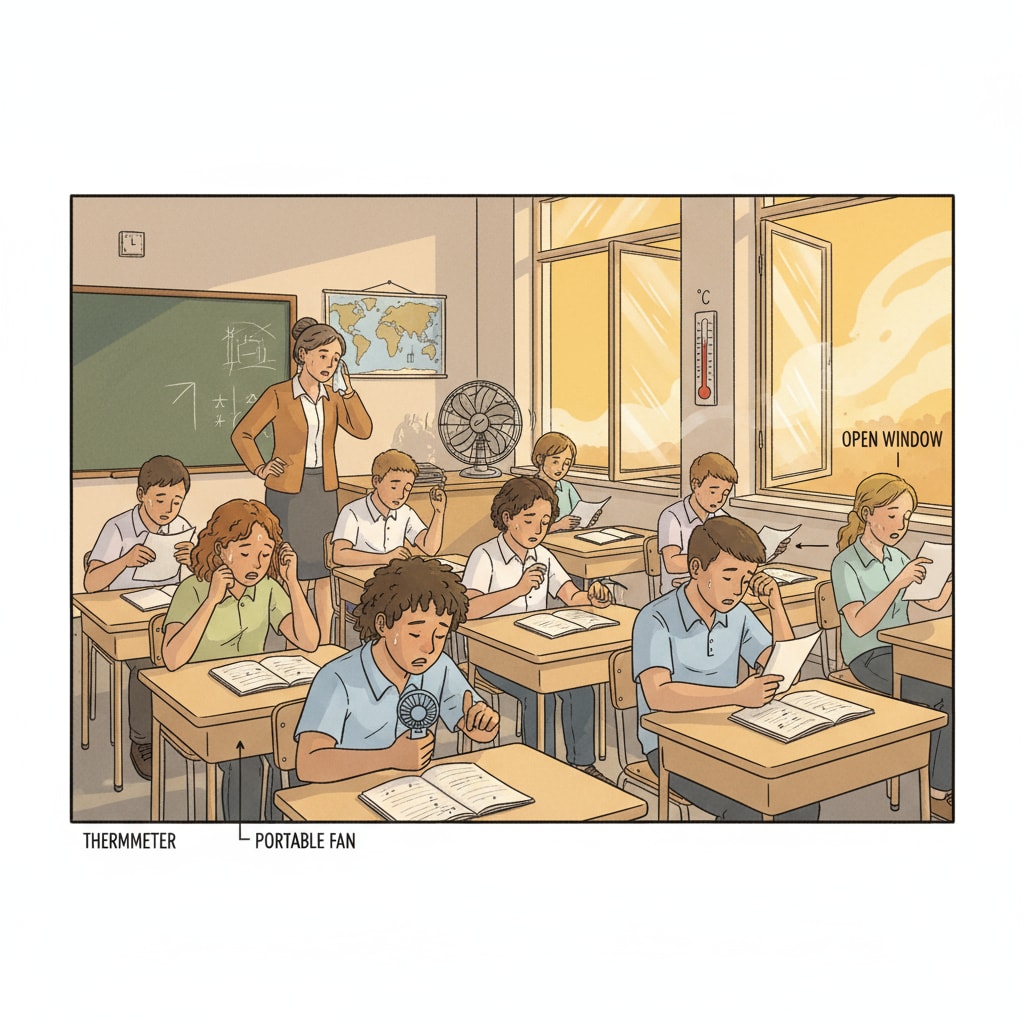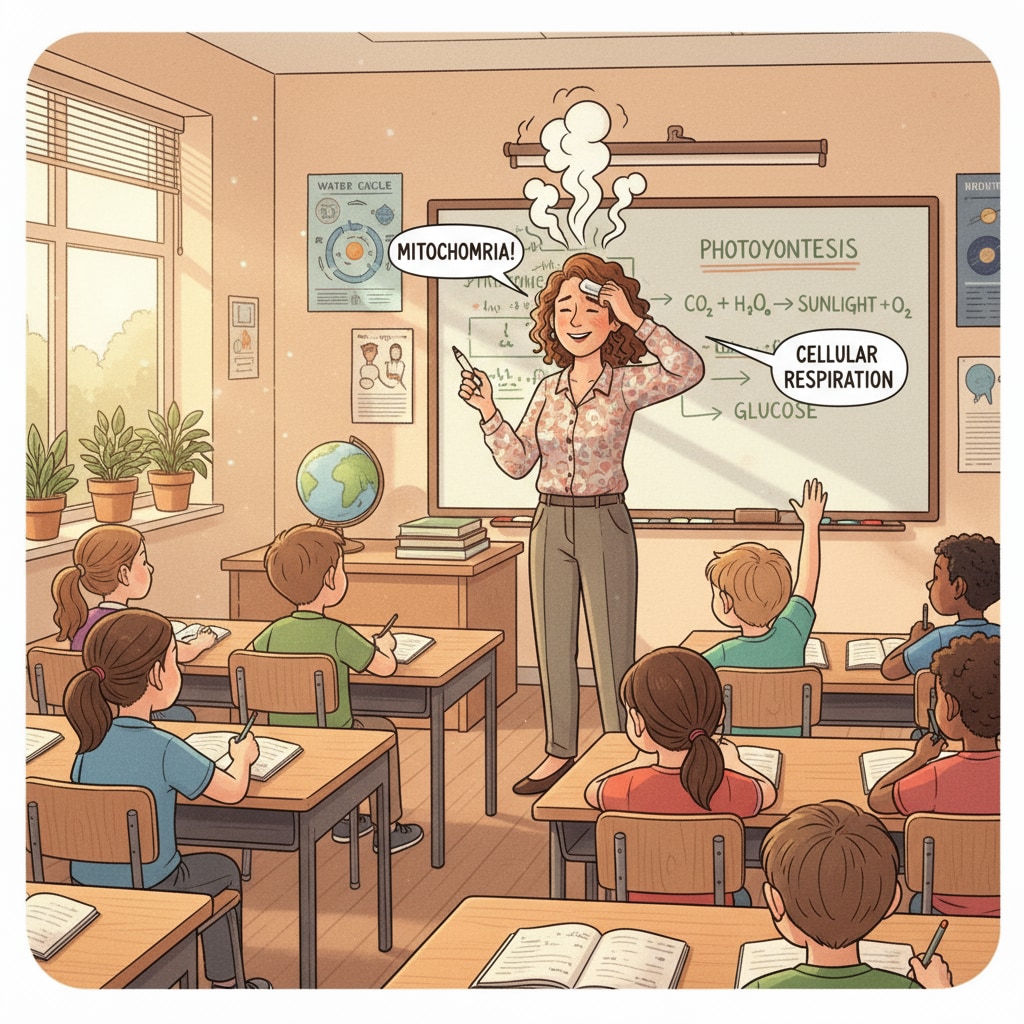In hot classrooms without air conditioning, both students and teachers often struggle to stay comfortable and focused. The sweltering environment can be a significant distraction, affecting learning and teaching efficiency. However, making the right clothing choices can make a big difference.

Understanding the Challenges of Hot Classrooms
Hot classrooms pose several problems. High temperatures can lead to sweating, which not only makes people feel sticky but can also cause discomfort and distraction. Moreover, it may be difficult to concentrate on lessons when one is constantly battling the heat. According to Education.com, a comfortable environment is crucial for effective learning. In a hot classroom, this comfort is severely compromised.

Optimal Clothing Materials for Hot Classrooms
When choosing what to wear in a hot classroom, the material of the clothing matters a great deal. Lightweight and breathable fabrics are ideal. For example, cotton is an excellent choice as it absorbs sweat and allows air to circulate, keeping the body cool. Linen is another great option; it’s highly breathable and has a natural cooling effect. Avoid synthetic materials like polyester, as they tend to trap heat and moisture, making you feel hotter.
Readability guidance: Here we’ve used short paragraphs to clearly present the key points. The information about different clothing materials is presented simply and straightforwardly, with an example to illustrate the choice of fabric.
Styles and Colors That Help Beat the Heat
In addition to the material, the style and color of your clothing can also impact your comfort in a hot classroom. Loose-fitting clothes are better than tight ones as they allow air to flow freely around the body. As for colors, light colors reflect sunlight and heat, while dark colors absorb them. So, opt for light-colored shirts, dresses, or shorts. For instance, a light blue cotton shirt or a white linen dress can be great choices.
To sum up, making the right clothing choices is essential for surviving hot classrooms without air conditioning. By selecting breathable materials, loose styles, and light colors, students and teachers can enhance their comfort and improve their learning and teaching experiences. With these strategies, the heat in the classroom won’t be such an insurmountable obstacle. Britannica’s insights on environmental comfort also support the importance of these factors.


